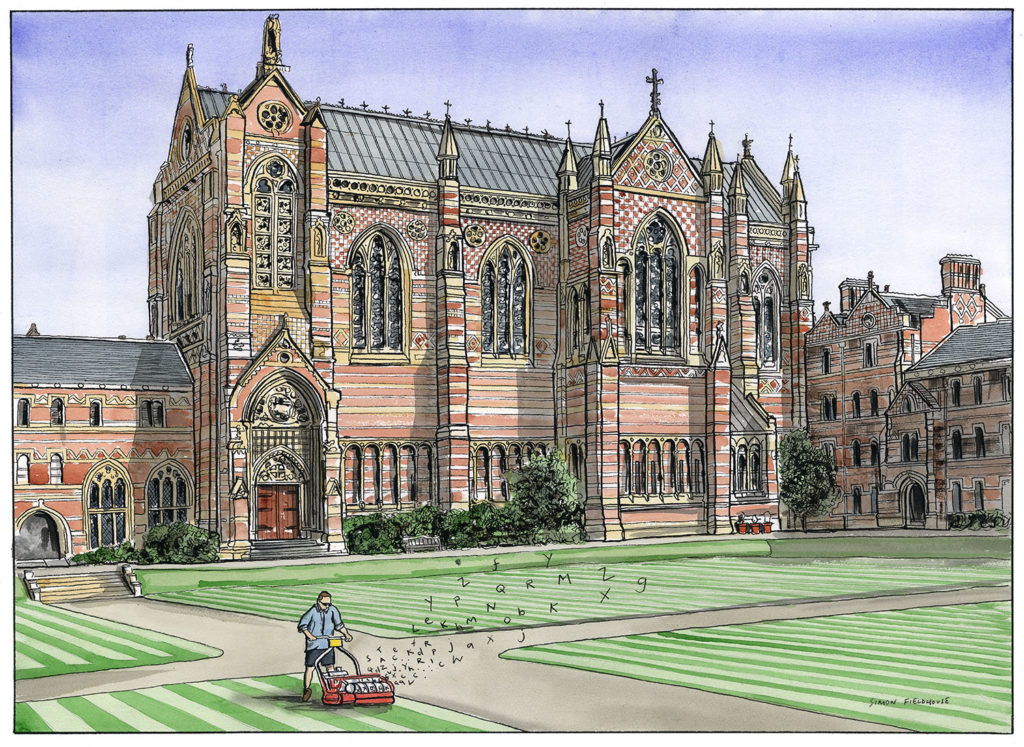
Keble College Oxford
Keble College Oxford is one of the constituent colleges of the University of Oxford in England. Its main buildings are on Parks Road, opposite the University Museum and the University Parks. The college is bordered to the north by Keble Road, to the south by Museum Road, and to the west by Blackhall Road. It is considered one of the most visually impressive colleges, especially due to its expansive main quad, and is the largest college by rooms at Oxford.
Keble was established in 1870, having been built as a monument to John Keble. John Keble had been a leading member of the Oxford Movement, which sought to stress the Catholic nature of the Church of England. Consequently, the College traditionally placed a considerable emphasis on theological teaching, although this is less the case now. In the period after the second World War the trends were towards scientific courses (the major area devoted to science east of the University Museum influenced this) and eventually co-education for men and women from 1979 onwards. As originally constituted it was for men only and the fellows were mostly bachelors resident in the college.
It remains distinctive for its still-controversial neo-gothic red-brick buildings designed by William Butterfield. The buildings are also notable for breaking from Oxbridge tradition by arranging rooms along corridors rather than around staircases, in order that the scouts could supervise the comings and goings of visitors. (Girton College, Cambridge, similarly breaks this tradition).
Keble is one of the larger colleges of the University of Oxford, with 433 undergraduates and 245 graduate students in 2011/12.The best-known portion of Keble's buildings is the distinctive main brick complex, designed by Butterfield. The design remained incomplete due to shortage of funds. The Chapel and Hall were built later than the accommodation blocks to the east and west of the two original quadrangles and the warden's house at the south-east corner. The Chapel and Hall were both fully funded by William Gibbs and were also designed by William Butterfield.